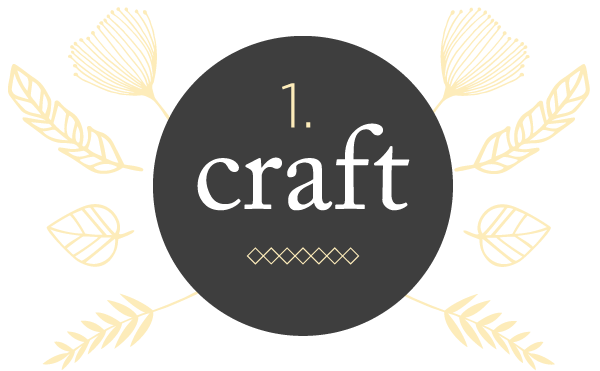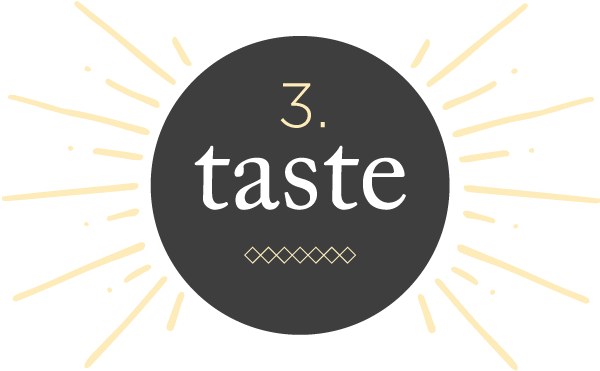Understanding what our slow grown, free range chicken means for you and the birds
Producing slow grown, high welfare, free-range chicken has been our passion since 1994. This is when Charles Nash realised that intensive farming had become the norm and discovered a gap in the poultry market. He committed to bring back free range chickens and raise awareness of the importance of growing livestock slowly.
Although there is still a long way to go, 27 years later we are delighted to see that people are beginning to shop and eat more responsibly. Awareness of eating less and better-quality meat is growing, and we take great pride in playing a part in this by rearing slow grown chickens for you to enjoy. However, free range chicken occupies less than 4% of the UK market, according to The British Poultry Council, and a Sutton Hoo Chicken cannot even be compared to the average free range bird.
We’d like to share our passion and knowledge around food provenance to help you make an informed decision about what you eat. We believe slow grown chicken results in real eating quality as well as better flavour and nutrition.
The life of a Sutton Hoo Chicken – Animal husbandry
At Sutton Hoo Chicken, our primary focus is on the welfare of the animal. Allowing our chickens to grow at a slower pace, there are benefits for the birds and the meat quality.
“At Slow Food in the UK, we are always looking to promote a better way to eat and are advocates of Sutton Hoo Chicken. Their mission to grow chickens slowly to the highest welfare standards using traditional free range farming methods is a much more sustainable way of rearing chicken”
Benefits of high farming standards on our Sutton Hoo Chickens:
1. Health
The excellent living conditions mean antibiotics are not needed or used; they are not in conditions that are going to impair their immune systems. Our low stocking densities, natural ventilation, mobile sheds (with no artificial lighting) and of course 24hr access to the outdoors all create a natural but a healthy environment in which they live. Our mobile sheds are moved on to fresh grass regularly, not only does this allow the soil to rest and recover but, by giving the birds fresh areas to graze, it keeps them healthy and happy.
2. Wellbeing
Sutton Hoo Chickens can engage in their natural behaviours, free to scratch, forage for insects and grasses, dust bath and more. They roam freely over 40 acres with plenty of space and time. These behaviours are what we want to see, allowing them to exercise and just be chickens!
3. Quality & Flavour
Allowing the chickens to mature slowly with plenty of exercise creates high quality meat with an amazing taste. Those who have tasted them usually do not turn back, the muscles they have developed from living a free range lifestyle with minimal stress is all shown in the excellent flavour. Strong bones (great for chicken stock), dark leg meat, thicker skin, are a few of many signs that reflect our free range chickens.
Our breed
Why does the breed of our Sutton Hoo Chickens matter?
Our breed differs from the common, faster growing breeds of chicken such as a Ross bird. Standard birds tend to be genetically bred to put weight on extremely fast, at an unnatural pace, they can be ready to eat at just 5 weeks old. These birds can be sedentary with a lack of motivation to exercise and move around even if given the choice. Sadly, the speed at which they gain weight doesn’t replicate the growth of their bones and overall structure, causing a variety of health issues.
Sutton Hoo Chicken uses a slower growing breed called a Hubbard, these birds need more space and time to reach maturity. They love to be active by scratching, dust bathing and foraging for insects and grasses. Our birds have bigger, longer legs which allow them to live an active lifestyle.
Compared to shorter legged, bigger breasted, faster growing chickens that have a completely different structure. Our Hubbard’s aren’t rushed into gaining weight, growing at a slower pace, which is better for the bird and for the consumer.
What does ‘slowly grown’ really mean?
Intensively farmed chicken is ready to eat after 5 weeks of life. Genetically bred to grow unnaturally fast, in sheds of thousands, this chicken occupies more than 95% of the UK market.
Standard free range chickens are reared for 8 weeks and sometimes have limited access to the outdoors.
Like all good things in life, the taste of meat improves with age. Our Sutton Hoo Chickens are slowly grown for 75% longer than intensively farmed chicken and 25% longer than standard free range chickens. Our birds are reared on average for 10 to 12 weeks depending on the season. Their slower growing nature requires that extra time and space to reach the same weight that an intensively reared chicken can reach in just 5 weeks.
We believe that food tastes so much better when it has been grown slowly, the traditional way. Next time you are buying a chicken, think about where your food is coming from and how long it has been reared for. Slow grown results in more nutritious food, benefiting you and the animal.
Antibiotic-free chicken
Human and agricultural use of antibiotics are contributing to Antimicrobial Resistance. The overuse and misuse in farming has been a big issue for a long time. The poultry and pig industry’s antibiotic use has been carefully monitored over the last decade after excessive use of antibiotics as a tool for growth promotion. Although the UK poultry industry has seen huge reductions in antibiotic use over the past 10 years and antibiotics for growth promotion is illegal, in 2019 19.7 tonnes were still used in this sector (British Poultry Council). Stocking densities often reflect a flocks health, the more highly stocked, the more likely antibiotics will be needed. We believe animals don’t just get sick, they get sick if an environment is challenging their health and wellbeing.
Sutton Hoo Chickens are and have always been antibiotic and hormone free and therefore do not contribute to the risk of antimicrobial resistance like most intensively farmed birds, who face illness from high stocking densities. This is one of the many reasons to buy better quality meat when you can.
How to spot better chicken
You want to find a slowly grown bird that has had plenty of exercise. This means their muscles have had to actually work throughout their lives, resulting in better flavour. This means spending more than you would on an average chicken. Spending more on better quality meat and eating less is the way we should start living.
Things to look out for:
Ask your butcher where the chicken has come from and how long was it grown for, before you buy it.
There should be real texture in the muscle.
Thick skin means strong healthy birds. It not only tastes better but its full of goodness needed to support a healthy balanced diet.
Darker leg meat.
Strong bones – this one is key. With a cheaper, intensively farmed bird their leg bones are weak and you can easily snap them in half when cooked. A slowly grown, free range chicken will have strong healthy bones and healthy bone marrow.
Our chicken needs less cooking time than a cheaper, faster growing chicken. They are not as full of moisture. In general, a higher quality, slower grown chicken will need less time in the oven. Diana Henry points this out in her recipe book ‘A Bird in the Hand’, where Sutton Hoo Chicken is mentioned as being one of her favourites.
We speak about chicken stock a lot but, it is an excellent indicator of high-quality chicken. Chicken stock using Sutton Hoo Chicken bones and leftovers will be rich in colour and flavour. Their bones are strong, full of goodness with healthy bone marrow.
Craft, time and taste
These are the fundamentals behind what we do. We believe food tastes better when it has been grown slowly. Our passion for higher welfare, slowly grown chickens not only results in a healthy and happy bird. The result is truly magnificent. Allowing the birds to grow slowly for longer means the meat develops a more tender and succulent flavour. Think about where your food is coming from. There are few farms that produce chickens like ours here at Sutton Hoo. As we begin to see a movement in consumer behaviour towards food provenance and quality, our mission to rear truly free range chickens is playing a part. It is a dream of our family's that is (slowly) coming true.










